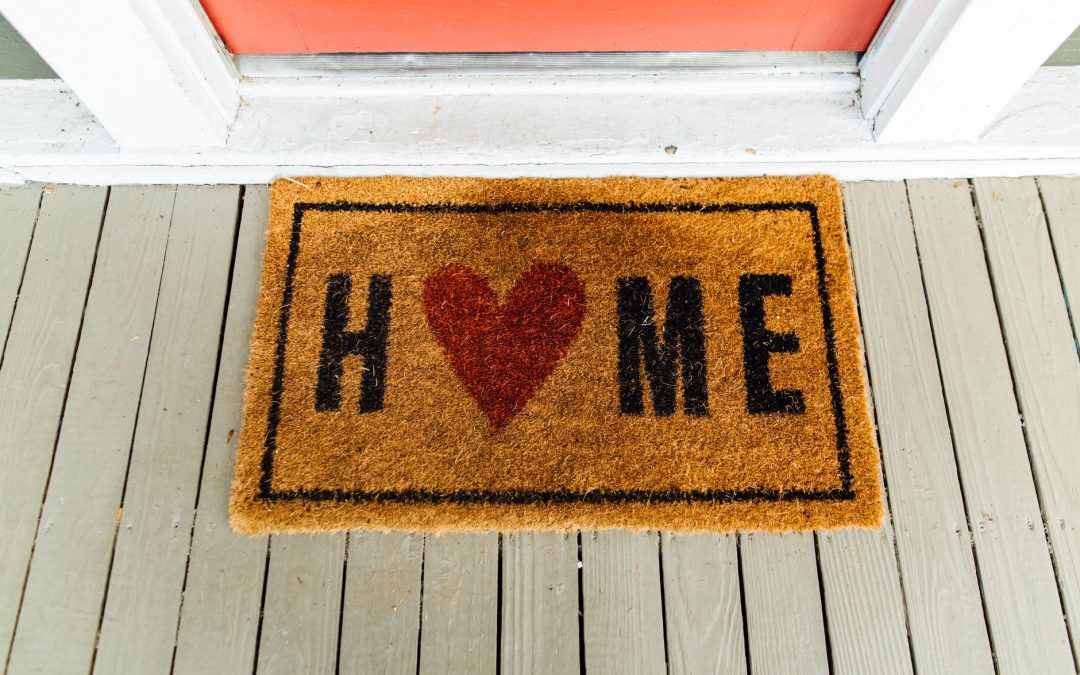Mobility challenges are very common among older people. If you are the primary caregiver for a senior family member experiencing such difficulties it is important to try to help them deal with these limitations.
Making homes safe and friendly for seniors can include: eliminating stairs, expanding doorways or making sure important household appliances are accessible.
However, what should a family caregiver look for specifically?
Here’s what you should consider:
1. De-clutter – Clean the house and throw away everything that’s not needed, try to reuse (donate) and recycle if possible. Make sure objects used daily are within reach.
2. Lighting – Make sure that the corridors, stairwells and other parts of the house are well lit. Light switches should be within a comfortable range. Easy to reach.
Adequate lighting can prevent accidents such as trips and falls.
3. Stairs and lifts – Stairlifts, floor lifts and stair climbers are some improvements you can integrate to ensure safety and improve mobility. It is best to have an expert inspect your house before proceeding with staircase and lift installation.
4. Smart home system – Smartphones, Bluetooth, Wi-Fi, motion sensors, and voice activation are smart technologies that you should consider at home. There are various types of smart home sensors available for almost everything imaginable, such as light and temperature sensors, which will turn off lights and thermostats when you forget. Leak sensors can be placed in remote locations to catch leaks before they are found.
5. Remove obstacles – Remove heavy objects and large furniture that could potentially fall or become an obstacle.
6. Review bathroom – Add safety features. Since water increases the risk of slips and falls, the bathroom is particularly important to ensure safety. Consider roll-in pathways, curtain equipped shower stalls, and seating are especially important for wheelchair users. Such investment can eliminate the need to step over the bathtub or ledge, thereby greatly reducing the risk of falling.
For homeowners with free-standing sinks, a good idea is to install an “L”-shaped bracket on the wall pegs to eliminate the risk of leaning on it.
7. Reorganise the kitchen – Think about appliances and cookware with sensory alerts, like kitchen appliances with both lights and sounds and whistling ovens. Ensure you have at least one table in the kitchen that can be used by the person with a disability, whether it is a folding table or a small dining table.
By paying attention to the necessary arrangements you can make sure anyone with mobility issues will always feel safe and well. However, before any remodelling consider the nature of the disability first.
Remember that you also get in touch with your local council and ask for a care needs assessment.
You might also want to read:
- ‘How To Plan For Ageing’
- ‘Does Your Family Know Who Handles Your Legal Matters?’
- ‘Is Hospice Care Right For Me?’
Subscribe to Tidy Tomorrow now and get access to exclusive content!

